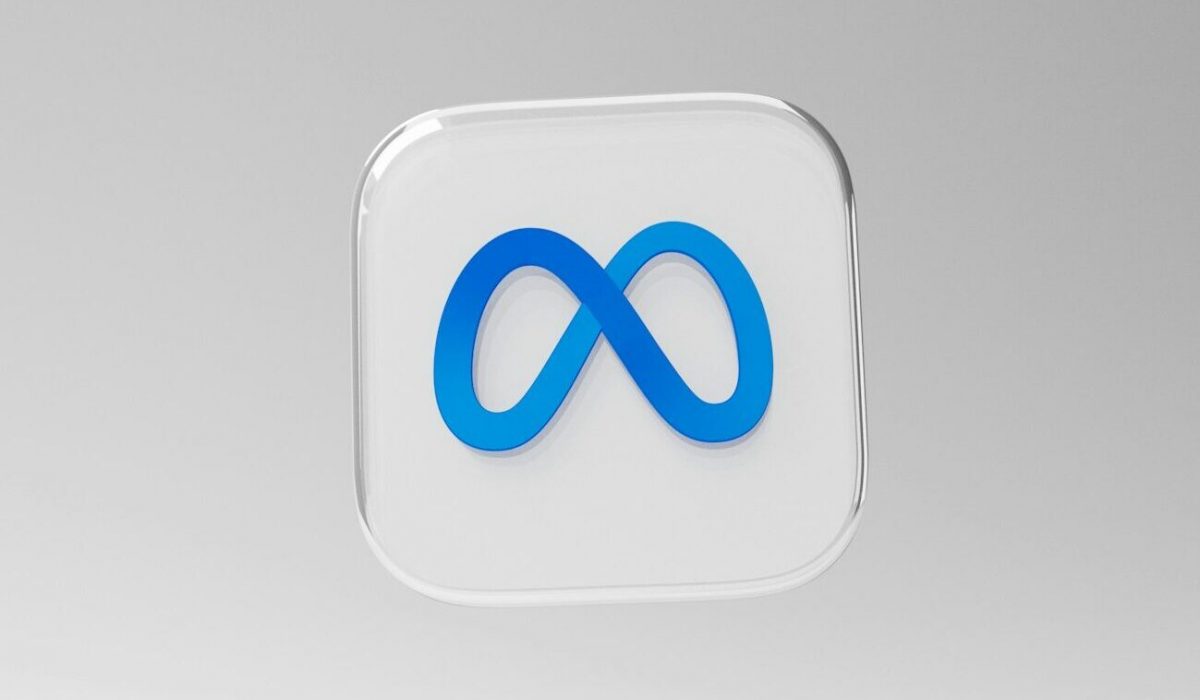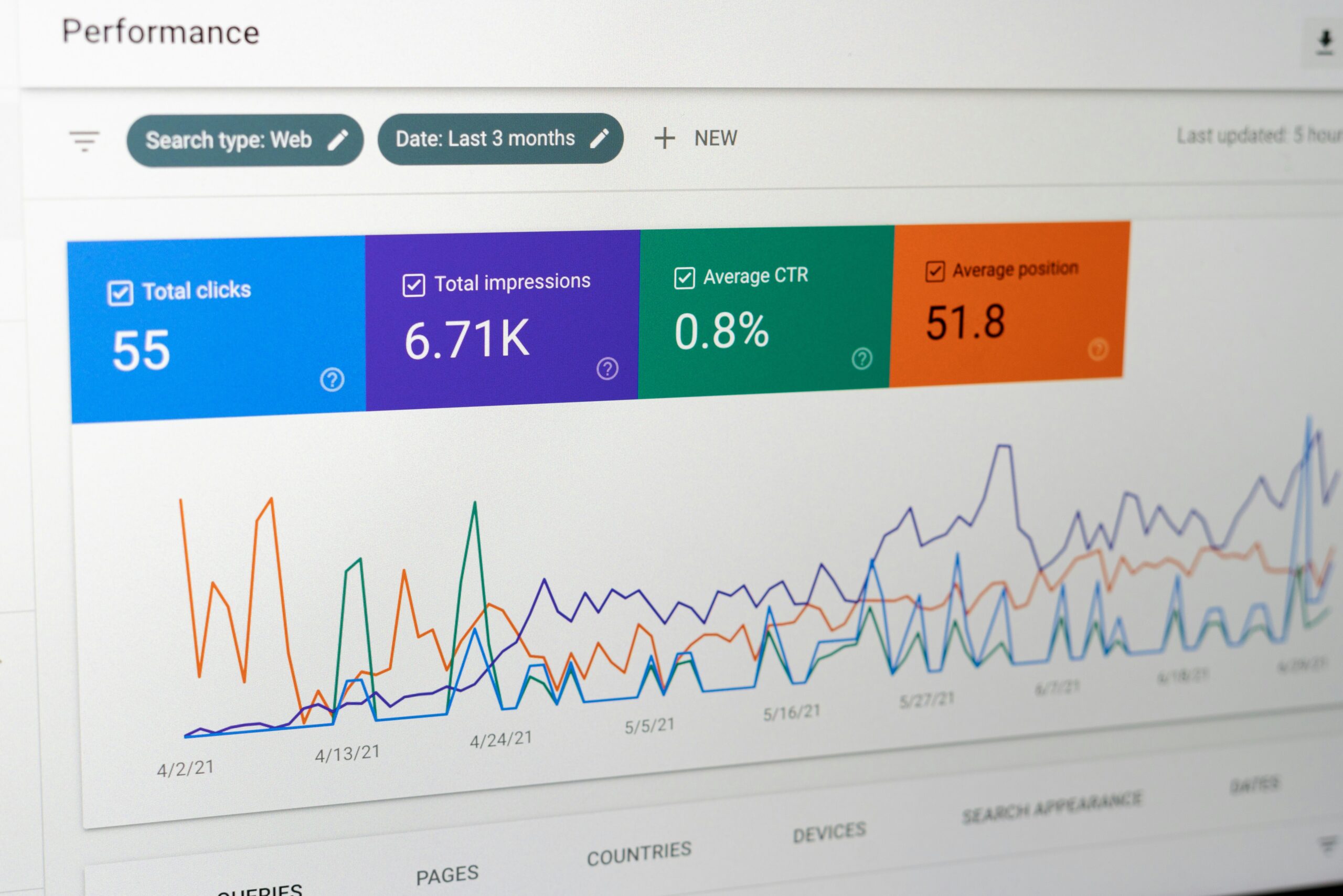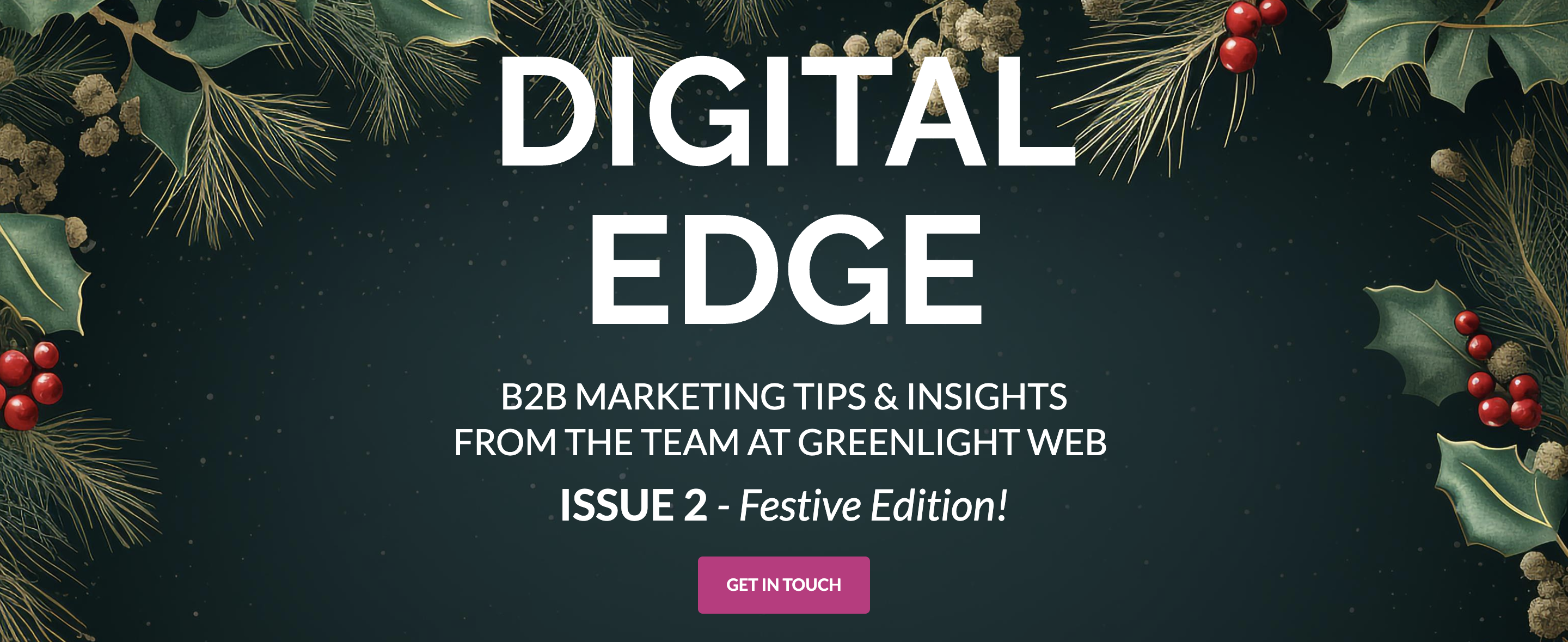Meta ads are the amalgamation of PPC (Pay-per-click) across all the owned Meta platforms, such as Facebook, Instagram, Messenger, and WhatsApp. With over 3 billion users across the Meta family of products, it is easy to see why there is an audience for most businesses to pursue through PPC.
Currently, there are no paid advertisements running on Threads but when they do begin to run (expected at some point in 2024) they will be incorporated into the Meta ads system.
What are Meta Ad Objectives?
When advertising on Meta you will be creating ads using one of six ad objectives, and most likely using multiple across your campaigns to achieve different goals. Ad objectives are key when you want to achieve specific results or make your users and audience do certain actions.
Ad objectives offer different optimisation goals (some are shared across objectives), ad creative options, ad formats, ad placement and features, and this can be quite daunting when deciding on what objective is right for your business goals.
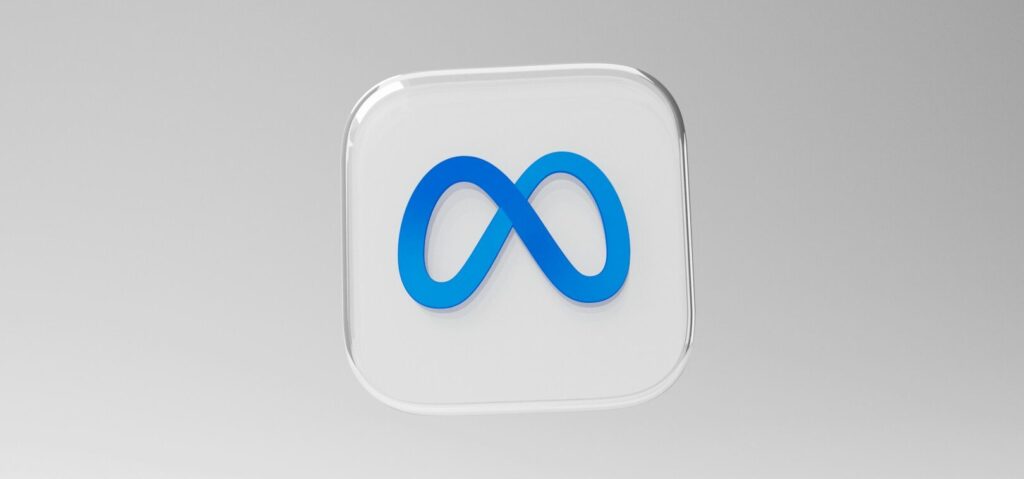
Meta Ad Objectives
As it stands, the current Meta ad objectives are:
Awareness ads
Great for reaching large audiences, growing your brand awareness, and for getting video views that can be used to gain audience data and allow detailed retargeting of potential interested users.
Goal: Increase brand recognition and get your product or service in front of a broad audience.
Use Cases: Launching a new product, promoting brand values, reaching new demographics.
Sub-objectives:
- Reach: Maximise the number of people who see your ad. (Ideal for initial brand exposure)
- Brand Awareness: Optimise for ad recall and positive brand association. (Focuses on building brand recognition)
More on the Awareness ad objective
Traffic ads
Your best option for driving users to a specific location, be it your website, an app, Messenger, or WhatsApp. Traffic ads are great as Meta shows your ads to users most likely to take the action and click through to your intended destination.
Goal: Drive people to your website, landing page, or app.
Use Cases: Generating website traffic, promoting blog content, and driving app downloads.
Sub-objectives:
- Link Clicks: Encourage users to click on a link in your ad, directing them to your desired destination. (Ideal for driving website visits)
- Landing Page Views: Optimise for users to view a specific landing page within your website/app. (Focuses on a specific action on your platform)
More on the Traffic ad objective
Engagement ads
If you are looking to start conversations with your audience and find users who are most likely to engage with your content this is the objective for you.
Like the Awareness objective engagement ads work well with video but whereas Awareness ads focus on showing it to as many people as possible, Engagement ads will look for users most likely to watch the video for longer and interact with the content.
Goal: Generate interaction with your content or page, fostering brand loyalty.
Use Cases: Increasing post likes/shares, promoting events, and driving audience interaction.
Sub-objectives:
- Post Engagement: Amplify an existing organic post to spark discussions and increase visibility. (Focuses on boosting interaction with a specific post)
- Event Responses: Drive attendance or interest in your Facebook event by targeting relevant users. (Ideal for promoting upcoming events)
More on the Engagement ad objective
Leads ads
Generate potential leads by starting conversations with interested users through a Meta messaging platform, or better yet prompt users to call you. Leads ads are also great for gathering user data using instant forms be it to follow up with potential leads or to build out mailing lists.
You can see some crossover here with the Engagement ad objective, but the Leads objective is used to qualify potential leads.
Goal: Capture potential customer information (emails, phone numbers) for further nurturing.
Use Cases: Building an email list, generating qualified leads, and promoting special offers.
Methods:
- Lead Forms: Utilise built-in lead capture forms within Meta Ads to collect user information directly.
- Messenger conversations: Encourage users to initiate conversations through Messenger for lead generation.
More on the Leads ad objective
Sales ads
Find users most likely to buy your product or service. Drive conversions on your website, be it a purchase or another event and track it using the Meta Pixel. Or utilise your eCommerce website by integrating your product feed and letting Meta show your products to those most likely to buy.
Goal: Drive direct purchases within the Meta platform (Facebook Shops, Instagram Shopping).
Use Cases: Promoting specific products, offering discounts, and simplifying the checkout process. (Note: This objective is currently limited to specific features within Meta platforms)
More on the Sales ad objective
App Promotion ads
Promote your application, prompting installs or events. This one is self-explanatory and has aspects of other ad objectives rolled into it, but it is exclusively used to promote apps.
Goal: Drive app installs or increase engagement within your existing app.
Use Cases: Launching a new app, promoting app features, re-engaging dormant users.
Options:
- App Installs: Optimise for users to download your app from the app store.
- App Engagement: Encourage users to actively use your app by promoting features or in-app content.
More on the App Promotion ad objective
Recent Changes and Understanding the ODAX Framework – Outcome-Driven Ad Experiences
In 2023 Meta’s ad objectives changed to the above to be more streamlined. They reduced the existing, 11 ‘old’ objectives to the 6 ‘new’ ad objectives that pretty much encompass the old objectives in some form.
So why did they do this?
Meta ads have moved to simplify its whole system with new technology to make it easier for businesses to make ads, run them, and have some sort of success; and this is mainly by letting its algorithm take the reins.
The new objectives are focused entirely on the goals/outcomes whereas the old objectives were focused on actions being made by users. There are a lot of crossovers here, but you can achieve the same actions through the new objectives whilst focusing on the result. Depending on your goal and strategy you can accomplish multiple old objective actions in a single ad using a new objective.
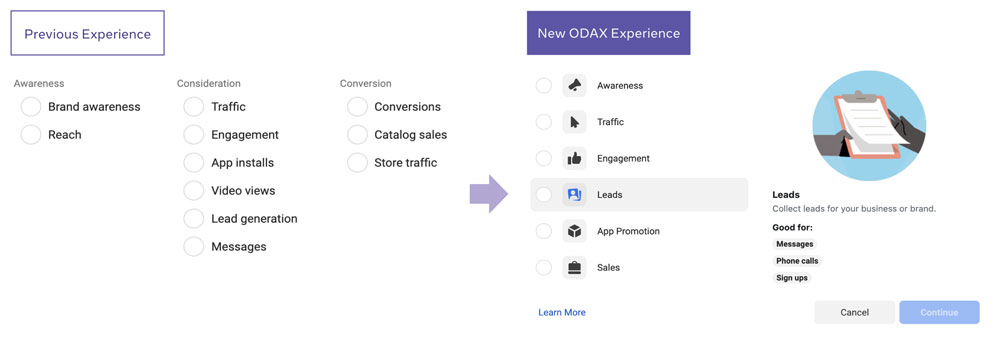
Choosing the Right Objective for Your Business
Starting out with Meta ads can be tricky for businesses. Some businesses might not utilise any of the Meta social platforms or have little to no organic social presence on them, so their first thought is that they will get no use out of Meta PPC.
But most businesses, especially B2C businesses will find an audience across the Meta platforms. At Greenlight Web we like to assess our clients when it comes to devising a Meta PPC strategy, and we take these points into account when deciding where to start with paid advertising.
What do You Want to Achieve with Paid Ads?
Your business goal is important when it comes to PPC, but there can be many ways to achieve it. Your goal might be to sell but you could be selling a service, and if you make most of your sales over the phone a Leads ad would most likely benefit you more than a Sales ad.
Smaller business owners or businesses with a better organic social presence on the platforms may have better luck at selling through Engagement ads, Etsy sellers for example who offer custom order items. If their products are ‘Instagrammable’ you can start the discussion with potential leads by getting them to contact the business directly.
For eCommerce businesses, it is recommended that they focus almost exclusively on Sales objective ads. But if there isn’t any data for them to use when targeting for these ads it can lead to lengthy and costly testing. Traffic ads can be used to season a Meta Pixel or Awareness and Engagement ads can be used to allow a business to target users who have engaged with video content.
Where to start is different for each business, and not all businesses have the same goals. If you are struggling to figure out where to start with paid ads, please get in touch with us here.
Is Your Business in a Position to Run Meta PPC – Ad Accounts and Meta Pixel Setup?
For most businesses who want to advertise on Meta platforms, they will have accounts set up and an ad account as Meta prompts businesses to advertise near enough every time they use one of the platforms. For most, it will start with or by boosting a post. This just turns the post into a simplified ad, and you can even choose an objective.
But some businesses need accounts setting up, and we can help with that. We can also help with setting up a Meta Pixel on a business’s website and even help with e-commerce businesses setting up product feeds to Commerce Manager so they can run Sales ads utilising their products.
It can take a business by surprise when it comes to claiming accounts and setting up additional accounts for their business to begin running Meta ads, but we offer social claiming and Meta PPC setup as services.
Is Meta PPC Appropriate for Your Business?
Paid advertising on Meta isn’t always what’s best for a business. Other PPC options can benefit a business more if its target audience doesn’t align with what they’d find on Meta. Many B2B businesses will find other social platforms such as LinkedIn or Google ads a far better fit and more cost-effective way of reaching their intended audience.
Interested in Meta PPC?
If you have got this far and are interested in Meta PPC, get in touch. Our team is happy to advise and help you with a PPC strategy and the setup and running of paid Meta ads.
We offer a range of services to accompany this such as Social Media Claiming and Social Media Design services.
